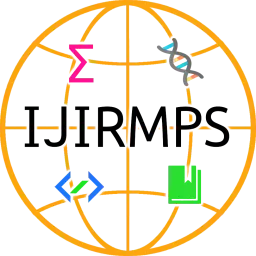Tectono-Stratigraphy of the Pakhal Basin, Warangal (Rural) District of Telangana State With Special Reference to the Bollapally and the Pattipally Area
Authors: Dr. S. Ramesh, Dr. P. Swamy Sharan, Prof. K. David
DOI: https://doi.org/10.17605/OSF.IO/JTGPD
Short DOI: https://doi.org/ggkv73
Country: India
Full-text Research PDF File:
View |
Download
Abstract: The Proterozoic (middle-late) rocks of the Pakhal basin (6000 mts thick) situated in the south central part of the peninsular shield, extends through the state of Telangana, Madhya Pradesh and Maharashtra in a general NW-SE direction along the Pranhitha-Godavary valley. The sediments of the basin crop out as two mutually parallel NW-SE trending belts, with about a 40 kms wide stretch of Gandwana sediments separating them. These Proterozoic sediments are divisible broadly into the Pakhal super group, Penganga group and the Sullavai sandstone in that ascending order, each separated from the older unit by an angular unconformity. The Pakhal non-conformably rest over the Archaean basement. The Pakhal super group is divided into the Mallampally group, Mulug group and the Albaka sandstone. (Srinivasa Rao, 1984) The Mallampally and Mulug group are represented by variable proportions of conglomerate arkose, shale, phyllite, dolomite and quarzite. The sediments were initially folded on NW-SE to NE-SW tending axes and later cross folded on East-West axis. In the south eastern part of the basin the sediments were metamorphosed leading to the development of staurolite, andalusite and garnet in the argillaceous and tremolite and actinolite in the carbonate units.
Keywords: Tectono-stratigraphy, Pakhal basin, Bollapally, Pattipally
Paper Id: 301
Published On: 2018-09-06
Published In: Volume 6, Issue 5, September-October 2018





 All research papers published in this journal/on this website are openly accessible and licensed under
All research papers published in this journal/on this website are openly accessible and licensed under 